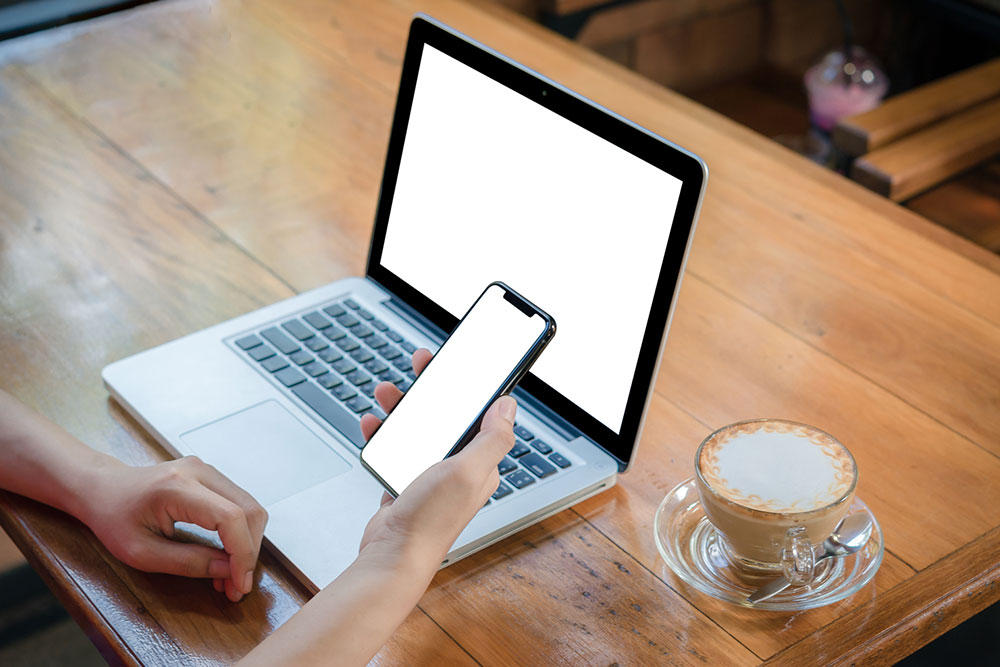
7 bad iPhone habits and how to break them
Today, smartphones have become an integral part of daily lives. They are incredibly useful tools for communication, productivity, and entertainment. Here, iPhones are one of the most common phones in the country, with half of the smartphone users opting for this iOS device. However, several usage habits can harm iPhone performance, longevity, and security in the long run. So, here are a few bad iPhone habits and how to break them:
Ignoring updates
One of the most common habits iPhone users should break is ignoring software updates. Apple regularly releases updates to enhance the device’s performance, fix bugs, and patch security vulnerabilities. By neglecting these updates, users leave their devices vulnerable to potential threats and miss out on valuable features. So, to break the habit, users should check for updates regularly and install them promptly to ensure their iPhone operates smoothly and securely.
Enabling app tracking
Privacy is a significant concern in today’s digital world, and Apple provides tools to protect precious data on iPhones. However, many users neglect to turn off app tracking. To break this habit, users can go to Settings > Privacy > Tracking and disable the “Allow Apps to Request to Track” option.
Not utilizing security tools
Apple offers robust security tools to protect the iPhone, such as Face ID, Touch ID, and strong passcodes. Yet, users may overlook the importance of these features. Users can break this habit by setting up biometric authentication and regularly updating their passcode. Additionally, users must enable “Find My iPhone” to track and remotely wipe the device clean in case of loss or theft.
Ignoring battery health
Over time, batteries degrade, and not paying attention to their health can result in reduced battery life and unexpected shutdowns. To break this habit, one can use the built-in “Battery Health” feature (by visiting Settings > Battery > Battery Health) to monitor the iPhone’s battery’s capacity. If the battery health is under 80%, one should consider replacing it.
Skipping insurance coverage
Accidents happen, and iPhones are not immune to them. Neglecting to invest in phone insurance can lead to costly repairs or replacements in case of damage. Here, users should consider purchasing AppleCare or third-party insurance to ensure that the phone is protected against unforeseen mishaps.
Running multiple apps simultaneously
Running too many iPhone apps simultaneously can slow down the device and drain its battery quickly. To avoid any performance disruption, one should periodically check running apps by double-clicking the home button (or swiping up from the bottom on newer models). Then, they should close the apps that are not being used. This simple action can help improve phone performance and battery life.
Keeping location services on
Location services are essential for many apps, but leaving them on for all apps can be a privacy and battery issue. To break this habit, users can go to Settings > Privacy > Location Services and determine which apps truly need the location data.
iPhones are powerful tools that can make daily lives easier when used correctly. However, it is crucial to identify and break harmful habits to enhance the device’s performance and security.












